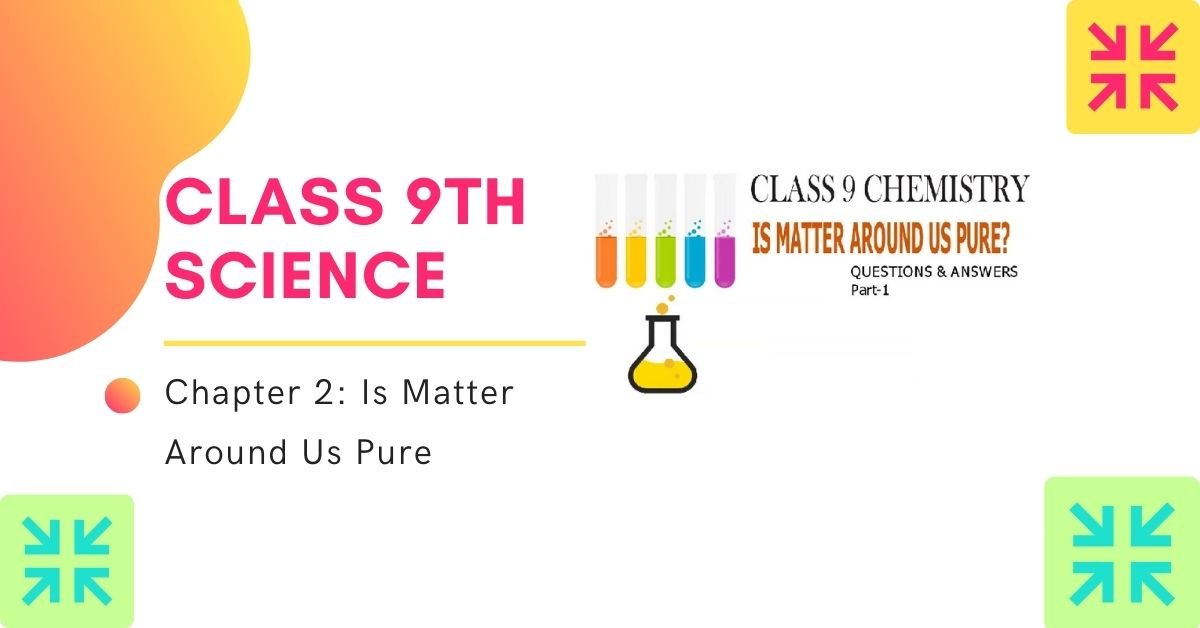Exercise Page: 12 ( matter in our surroundings )
- Convert the following temperature to Celsius scale.
(a) 293K (b) 470K
Solution: 0°C=273K
(a) 293K= (293 – 273)°C = 20°C
(b) 470K= (470 – 273)°C = 197°C
2.Convert the following temperatures to the Kelvin scale.
(a) 25°C (b) 373°C
Solution: 0°C = 273K
(a) 25°C = (25+273)K = 298K
(b) 373°C = (373+273)K = 646K
3. Give reason for the following observations:
(a) Naphthalene balls disappear with time without leaving any solid.
(b) We can get the smell of perfume while sitting several metres away.
Solution: (a) At room temperature, naphthalene balls undergo sublimation wherein they directly get converted from a solid to a gaseous state without having to undergo the intermediate state, i.e., the liquid state.
(b) Molecules of air move at a higher speed and have large intermolecular spaces. Perfumes comprise of flavoured substances that are volatile which scatters quickly in air, becoming less concentrated over a distance. Hence we are able to smell perfume sitting several metres away.
5. Arrange the following in increasing order of forces of attraction between the particles – water, sugar, oxygen.
Solution: Oxygen (gas) < water (liquid) < sugar (solid)
6. What is the physical state of water at –
(a) 25°C (b) 0°C (c) 100°C?
Solution: (a) At 25°C, the water will be in liquid form (normal room temperature)
(b) At 0°C, the water is at its freezing point, hence both solid and liquid phases are observed.
(c) At 100°C, the water is at its boiling point, hence both liquid and gaseous state of water (water vapour) are observed.
7.Give two reasons to justify –
(a) Water at room temperature is a liquid.
(b) An iron almirah is a solid at room temperature.
Solution: (a) Transition in the states of matter of water occurs at 0°C and 100°C. At room temperature, water
is in the liquid state, thereby exhibiting all the properties of a liquid such as
Water flows at this temperature
It has a fixed volume and it takes the shape of its container
(b) The melting and boiling points of iron are as high as 1538°C and 2862°C respectively. The room temperature is about 20-25 °C. Hence iron almirah is a solid at room temperature.
8. Why is ice at 273K more effective in cooling than water at the same temperature?
Solution: Water at this temperature(273K) is less effective than ice as ice can readily form water through absorption of ambient heat energy as opposed to water which does not exhibit this property as it already possesses additional latent heat of fusion so does not require extra heat. Hence ice cools rapidly compared to water at the same temperature.
9. What produces more severe burns, boiling water or steam?
Solution: Steam produces severe burns. It is because it is an exothermic reaction that releases a high amount of heat which it had consumed during vaporization.
10. Name A, B, C, D, E and F in the following diagram showing a change in its state.

Solution: A: Melting (or) fusion (or) liquefaction
B: Evaporation (or) vaporization
C: Condensation
D: Solidification
E: Sublimation
F: Sublimation




